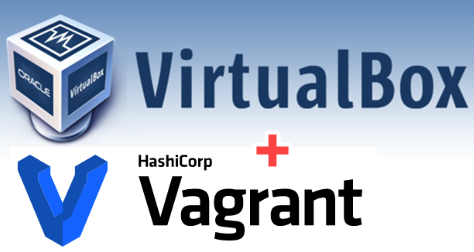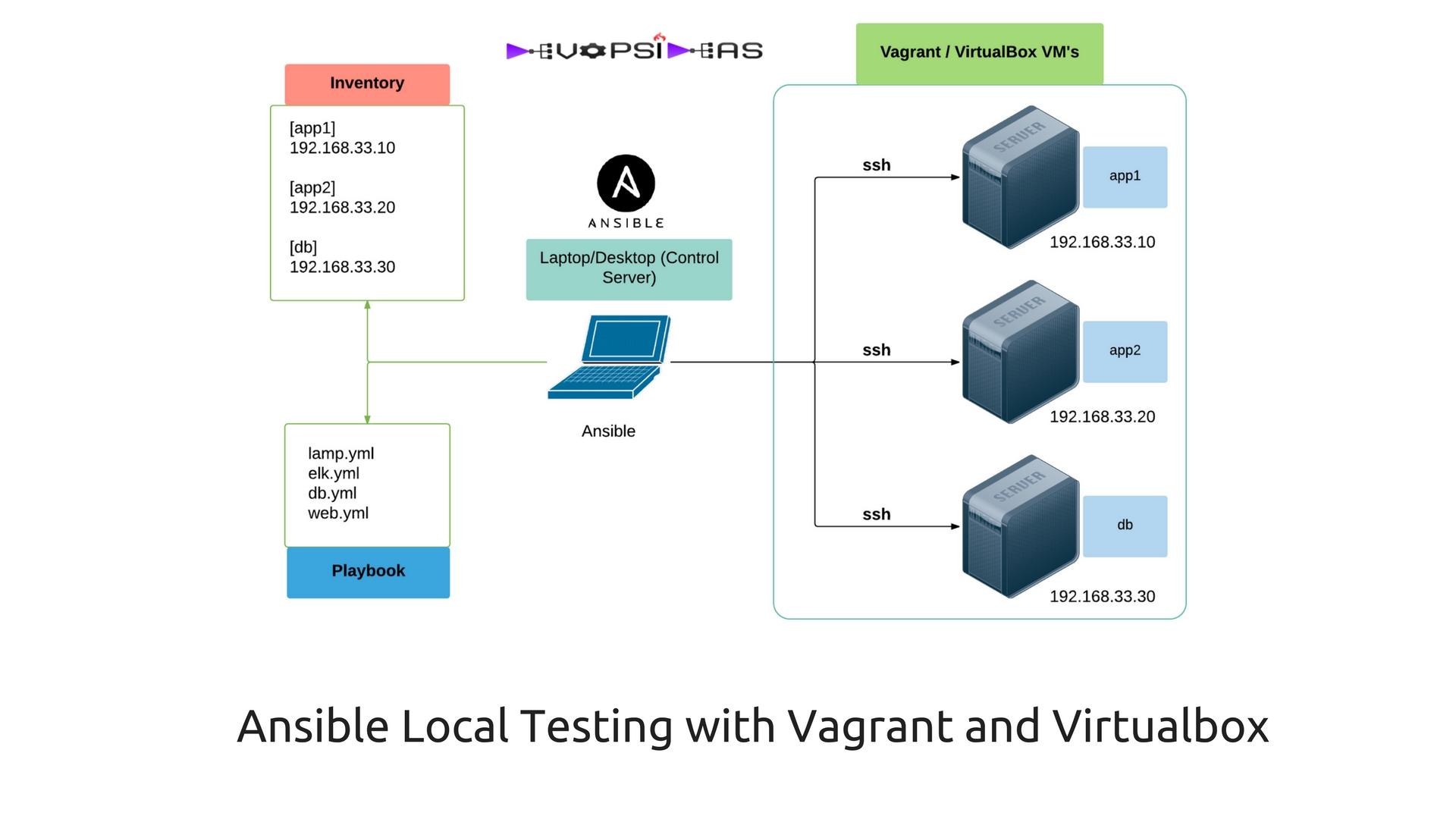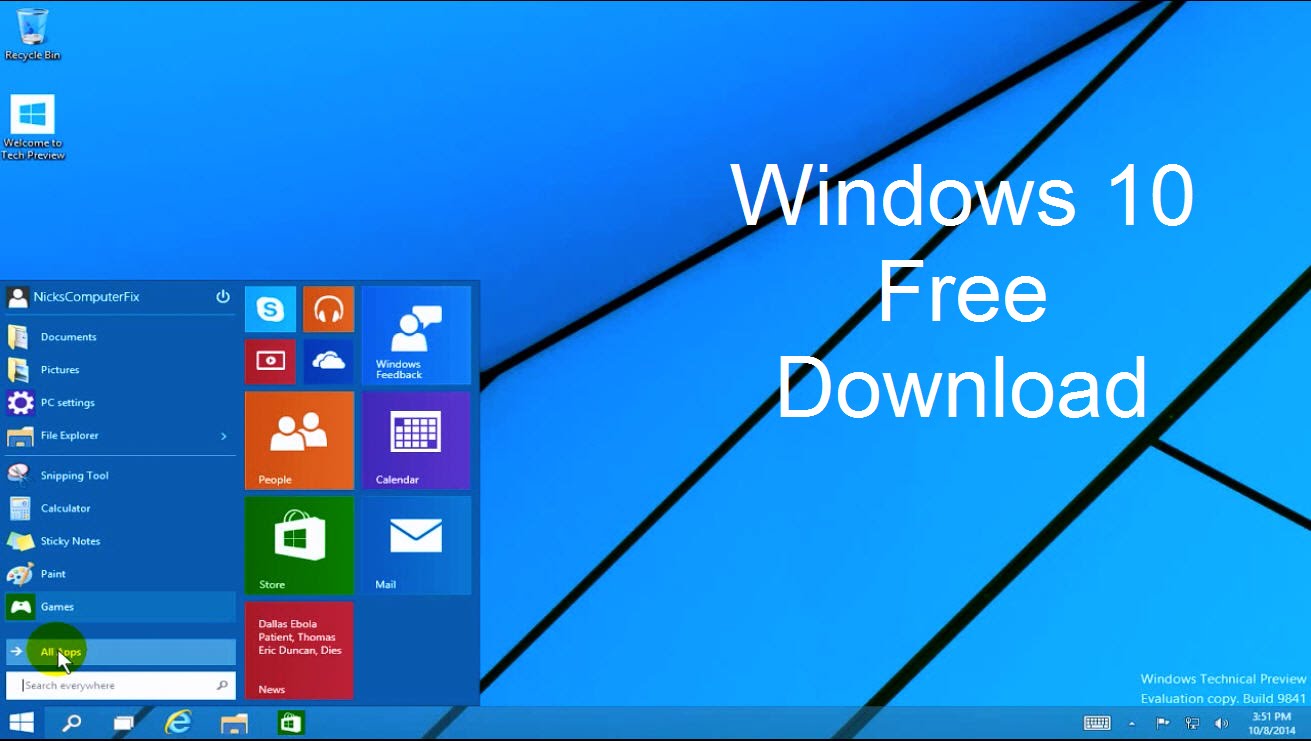- Vagrant Download Windows 10
- Download Vagrant For Windows 10
- Vagrant Download Windows 10
- Vagrant Download For Windows 10
An SSH client for Windows 10. I recommend free, portable and lightweight Cmder; Downloading and Installing Vagrant. The installer can be downloaded from this link. Installation is as simple as any Windows app. Indeed, just follow the steps of the wizard and that’s it! Vagrant 2.2.9 Installation Process. Once the installation process is complete, you can verify it by running the following command into a Command Prompt: vagrant. Vagrant up After a minute of the provisioning process the VM will start up. All done, then shut it down; vagrant halt or destroy it. Vagrant destroy Creating your own Vagrant Base image. This is a WIP of creating a Windows 10 VM. Download ISO from microsoft; Create a VirtualBox virtual Machine with Windows 10 installed. How to Install Vagrant on Windows 10? Posted on April 21, 2020 (August 1, 2020) by Alex In this Vagrant tutorial, we will review how to install Vagrant quickly for Windows 10 with Virtualbox. Vagrant 2.2.3x8664 download (Windows 64 bit) VirtualBox 6.0.4 download (Windows) 2. This is pretty simple. Nothing special here. Set Up a Prerequisite Directory Structure. Once you have the two packages and any special dependencies installed, (estimated 10 minutes start to finish), you get to have some fun! Open up Powershell.
Simple and Powerful
HashiCorp Vagrant provides the same, easy workflow regardless of your role as a developer, operator, or designer. It leverages a declarative configuration file which describes all your software requirements, packages, operating system configuration, users, and more.
Production Parity
The cost of fixing a bug exponentially increases the closer it gets to production. Vagrant aims to mirror production environments by providing the same operating system, packages, users, and configurations, all while giving users the flexibility to use their favorite editor, IDE, and browser. Vagrant also integrates with your existing configuration management tooling like Ansible, Chef, Docker, Puppet or Salt, so you can use the same scripts to configure Vagrant as production.
Vagrant Download Windows 10
Works where you work
Vagrant works on Mac, Linux, Windows, and more. Remote development environments force users to give up their favorite editors and programs. Vagrant works on your local system with the tools you're already familiar with. Easily code in your favorite text editor, edit images in your favorite manipulation program, and debug using your favorite tools, all from the comfort of your local laptop.
Trusted By
Vagrant is trusted by thousands of developers, operators, and designers everyday. Here are just a few of the organizations that choose Vagrant to automate their development environments, in lightweight and reproducible ways.
We need to test our software against various versions of Windows: 7, 10, 10 LTSB (“IoT Enterprise”). Thus far we’ve used manually configured physical machines exposed via Jenkinsnode/agent label. This was easy to get working initially but has been problematic:

- Scalability: static set of machines that can be a bottleneck before releases
- Fail-fast/Debuggable: have to wait for PR to percolate through build pipeline to find out something doesn’t work and then take the node offline to debug
- Reproducability: manual configuration is error-prone, people make changes to the environment, etc.
Our recent success with AppVeyor and Travis CI inspired us to look for something more dynamic. This is some of the initial work we’ve done moving to Windows VMs with Vagrant.

Windows VM
Vagrant’s documentation for Windows guest VMs is pretty good.
We’re in the process of evaluating Windows 10 Enterprise LTSC (the OS formerly known as Windows 10 “IoT Enterprise”/LTSB) which is comparable to Windows 10 Enterprise version 1809/RS5. We’ve installed it to a Virtual Box VM named win10_ltsc_2019.
WinRM
Vagrant uses Windows Remote Management to manage Windows VMs.
Inside the VM, make sure the current network connection is “Private” otherwise the WinRM configuration will fail:
Problems with the WinRM configuration will manifest later as commands like vagrant resume hanging with:
In our case, we’re on a domain and the connection will eventually rename itself. Once that happens we needed to set the category to “Private” again.
RDP/SSH
Enable Remote Desktop for vagrant rdp to work.
In order for vagrant ssh to work, must install OpenSSH server:

- Windows 10 RS3/1709 and later, it’s an optional component
- For ealier versions including Windows 10 LTSB 2016 (RS1), https://github.com/PowerShell/Win32-OpenSSH/releases
In either case, you also need to:
- Add the vagrant public key to
~/.ssh/authorized_keys(see this SO) - Have sshd start automatically:
sc config sshd start= auto
Boxing
At this point a PowerShell guru would probably head right into provisioning. With AppVeyor we got some mileage out of Chocolatey, but our shell-fu is woefully inadequate to fully automate Windows.
For this exercise we’re going to manually install software. Once we’ve fashioned an environment to our liking, we want to preserve it for later re-use as development environments, build nodes, etc.
Arguably the most common Windows component is Visual Studio which has a bevy of install choices:
- “BuildTools” (a streamlined version of VS)
Once your software is installed, working with the VM as a Vagrant “box” is straight-forward. In the case of Virtual Box, we package the VM for later reuse:
Keep in mind none of this is fast as it involves 5-15GB VM images (depending on the version of Windows and how much you install). This should be used for relatively “static” configuration; I wouldn’t want to mess with it every day or even every week. For things that change frequently (like your software) there’s “shared folders”.
Vagrantfile
With our VM image ready, we need a Vagrantfile to get things going:
Run vagrant up:
Note the last line. The project directory on the host (/Users/XXX/nng.NETCore) is accessible to the VM as a “shared folder”.
Port 3389 is RDP so vagrant rdp works. I added a (very belated) answer to Stack Overflow about this:
Likewise, vagrant ssh:
Next
This gives us a good start that accomplishes a few of our goals:
Download Vagrant For Windows 10
- On-demand Windows environments
- Reproducible at both developer’s workstations and for building/testing
Vagrant Download Windows 10
But we still need a few improvements before we can fully migrate:
Vagrant Download For Windows 10

- General automation
- A previous project had PowerShell scripts for installing/running our software that we should either track down or re-write
- Integration into Jenkins pipeline
- Provisioning
- Truth be told, the environment is fairly static, so maintaining read-only VM images should suffice for now
- This repo has neat scripts and Vagrantfiles for working with Windows and Docker
